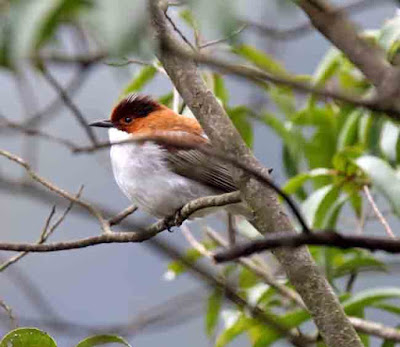I had an 8 day birding to trip in eastern China with a wonderful guide Lin Zhang based in Shanghai. He is perfectly fluent in English. We visited 5 different locales. His website is here. FYI making contact within China by email is a problem as the government blocks some email accounts coming in including gmail. So I had to contact him using MS Outlook. His email is zhanglinas@hotmail.com.
As I was on the Asian side of the Pacific Ocean, I got to see birds that only show up in USA as vagrants. I was a few weeks early for spring migration, but did see a number of wintering birds, so I got a number of life birds.
The first is the 12" Spotted Redshank (Tringa erythropus). This is the only one in the Sibley guide. It has bright red legs and some spotting along flanks. In breeding plumage it is distinctive with solid black underparts.
And here he is in flight.
The 11" Common Redshank (Tringa totanus) was in breeding plumage. It has orange-red legs and a shorter bill.
Next was the 12" Common Greenshank (Tringa nebularia) has gray green legs and a slightly upturned bill. These are winter plumage as they only have only slight streaking on breast
The 9" Green Sandpiper (Tringa ochropus) is very similar to our Solitary Sandpiper with dark wings. I had seen this bird in Hong Kong, but got improved photos this trip.
And in flight.
The 8" Common Sandpiper (Actitis hypoleucos) is almost identical to our Spotted Sandpiper, but does not have spots in breeding plumage. It has the similar white shoulder patch. I had photographed this bird in Hong Kong before, but I got a much better photo this trip.
The last sandpiper is the 22" Eurasion Curlew (Numenius arquata). It is pale gray brownish, with the typical long down curved curlew bill. He has a crab in his bill.
I also got a better photo of the 17" Pied Avocet (Recurvirostra avosetta). This is the only avocet in the area. It is black and white with an upturned bill.
I have put the different bird families in single folders for easy viewing
I have photos of 44 of the 93 species of sandpipers.
I have photos of 4 of the 10 species of avocets and stilts
Happy birding and photography,
David McDonald
dkmmdpa@gmail.com
photos copyright 2006 - 2018 David McDonald
To have these trip reports sent to your email, please email me at the above address and ask to subscribe.























